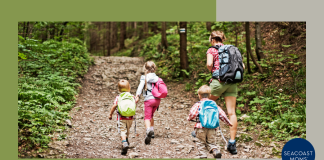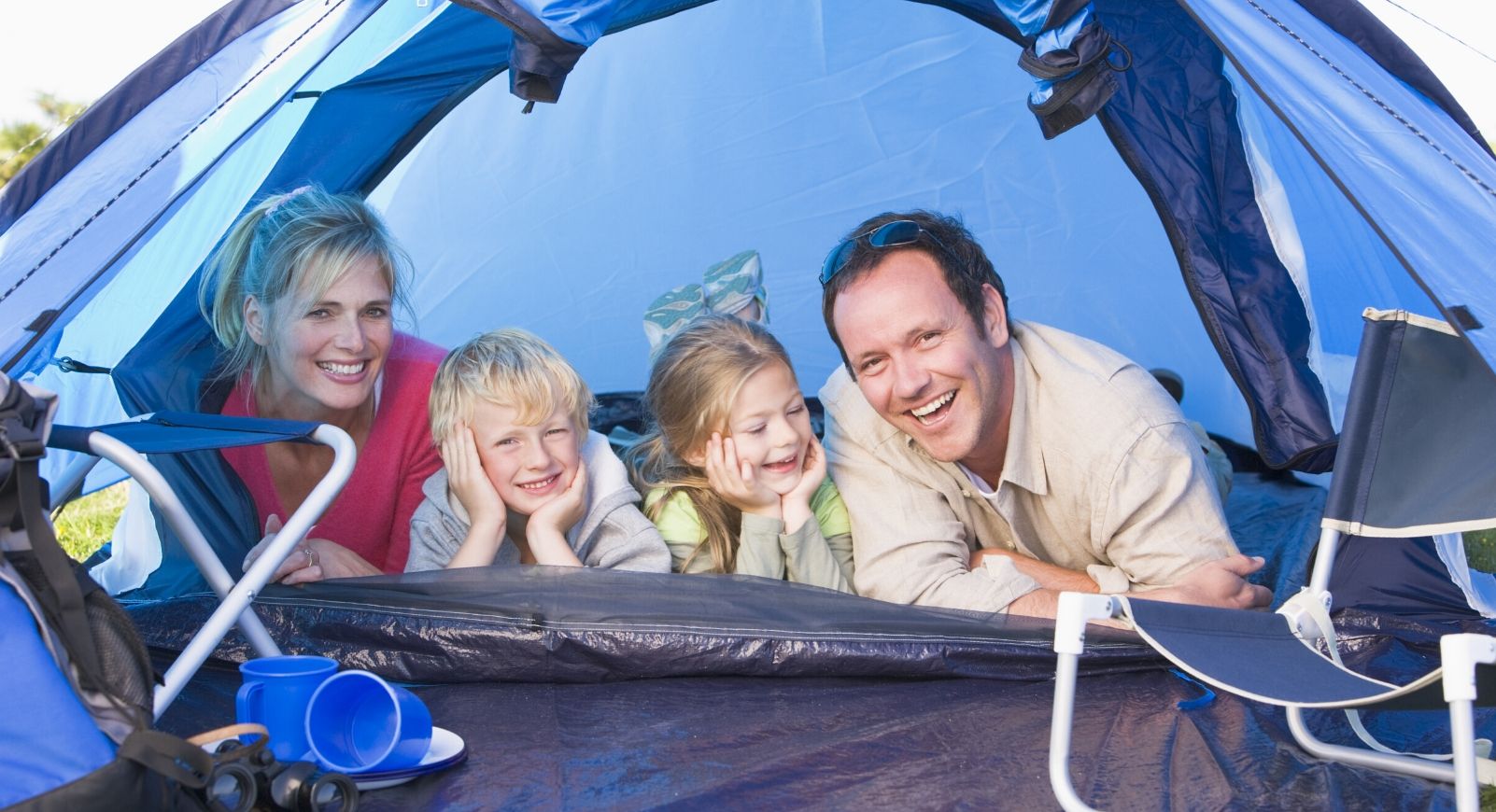Riding a bike gives a child a sense of freedom. When I was little, I equated riding my bike with adventure. I would ride to my friends house or to the corner store to buy candy. We would ride bikes to chase down the ice cream truck. While times have changed quite a bit, I still value the sense of freedom teaching kids to ride a bike brings — and ride a bike without training wheels.
When should children learn to ride a bike with no training wheels?
Developmental experts say that the perfect age to ride a 2-wheeler bike is between 4 and 6. Some 4-year-olds have the coordination already, but some 6-year-olds are still working on the confidence skills. It baffles me then, why is my 6.5 year old still so tentative to ride independently? I am a pediatric occupational therapist and I help children to acquire motor skills. For a kindergartner, this means riding a bike, jumping rope and tying shoes.
This is supposed to be my area of expertise. Yet, why can’t I get my own child to ride a 2-wheeler bicycle?
Before you begin: setting your child up for success:
As a professional in the field, I have the training and background to make this happen for my own children, right? I think I’ve done everything right so far to set my own children up for success. They have skills like:
– mastering ride-on toys
– using a balance bike
– having the lower body strength to pedal
– efficient navigation and turning skills
– tolerating a helmet and understanding its importance
– emerging road safety – (looks both ways, stops at the cross walks, stays to the right side of the road, slows/stops with approaching cars)
Taking the leap: the first rides
In preparation for his inaugural bike ride, make sure they are fed, rested, and in good spirits. Obviously that goes for moms and dads too. Make sure the bicycle size is right. Contrary to what you might think, the bike seat should be lower than what we would use as adults since you want your child to be able to put their feet flat on the ground easily. Additionally, be sure the tires are blown up and the seat is secure, not wobbly. Plan for about a half an hour for little ones.
At our house, we are setting a family goal that in the next month he will really “take-off”. But, we need a plan.
These are some tips I’ve gathered to help my child ride a 2-wheeler:
1. Re-establish the balance bike days. Ditch the training wheels. Then, lower the seat on the existing bike and maybe even remove the pedals. Practice pushing with the feet and maintaining balance while in motion. Master scooting along and coasting.
2. Find the right space. Make sure that the road or path is open, flat, and free from any road blocks (pun intended). Some of our local parks have paved paths that are conducive to bike practice. Alternatively, an empty parking lot or a dead-end street works, too. Or, try a smooth and empty basketball or tennis court.
3. Practice body mechanics. This one is for the parent. It’s better to support your child at their mid-section, shoulder, or under their arms. Try to avoid holding the seat and the handlebars. Because of this, your child should get a sense of how the bike responds, instead of you always stabilizing it for them.
4. Set the pedals. Start with one foot on the ground, and the opposite pedal at the 2 o’clock position. Practice starting and stopping.
5. Play games. Start with scooting along with one foot, and then practice coasting with feet off the ground. Be sure to bring some cones or other toys to act as markers. Turn large figure eights, play follow the leader, run over paper or a cracker as a target. Practice using the brakes by playing “Red Light, Green Light”.










